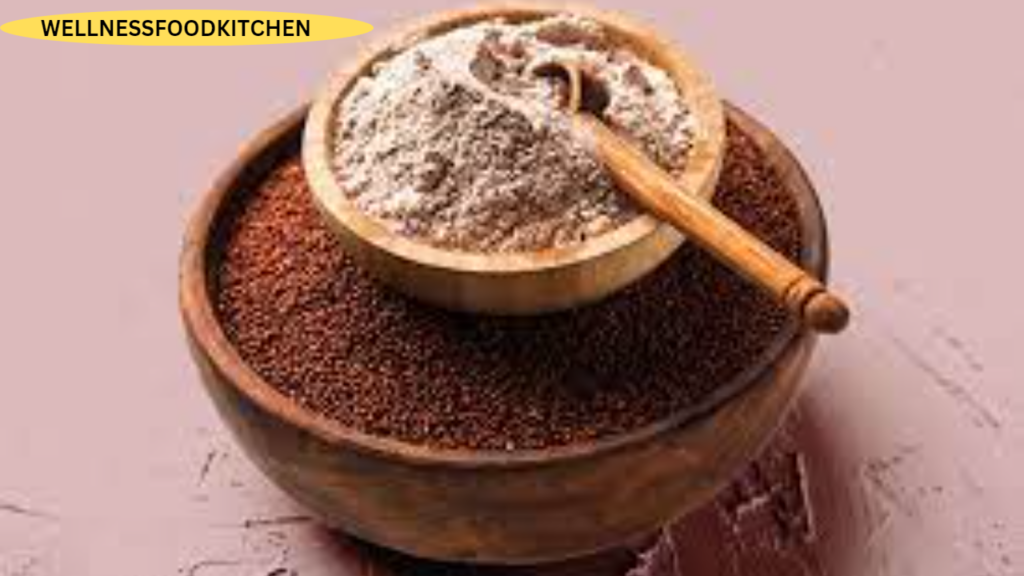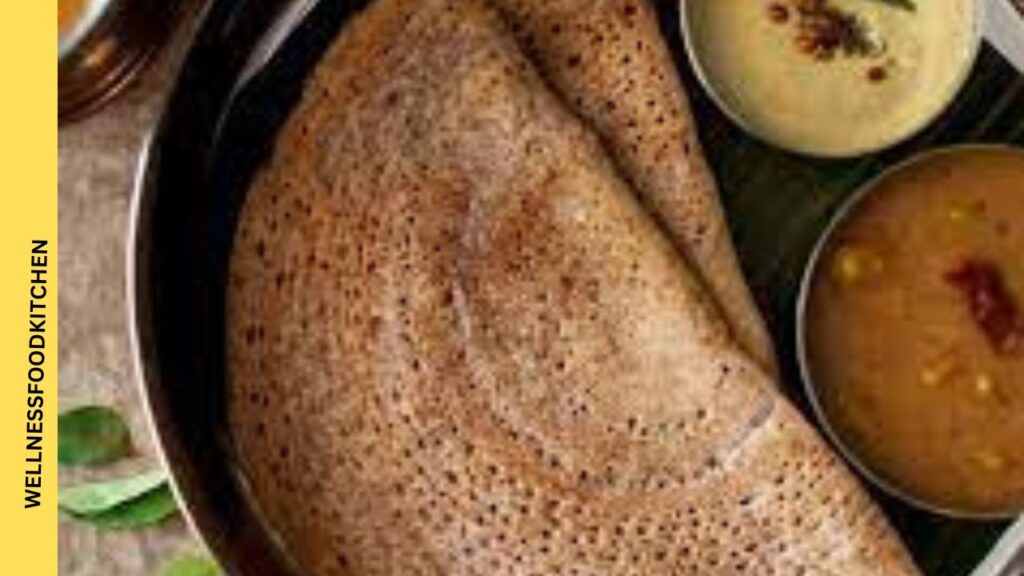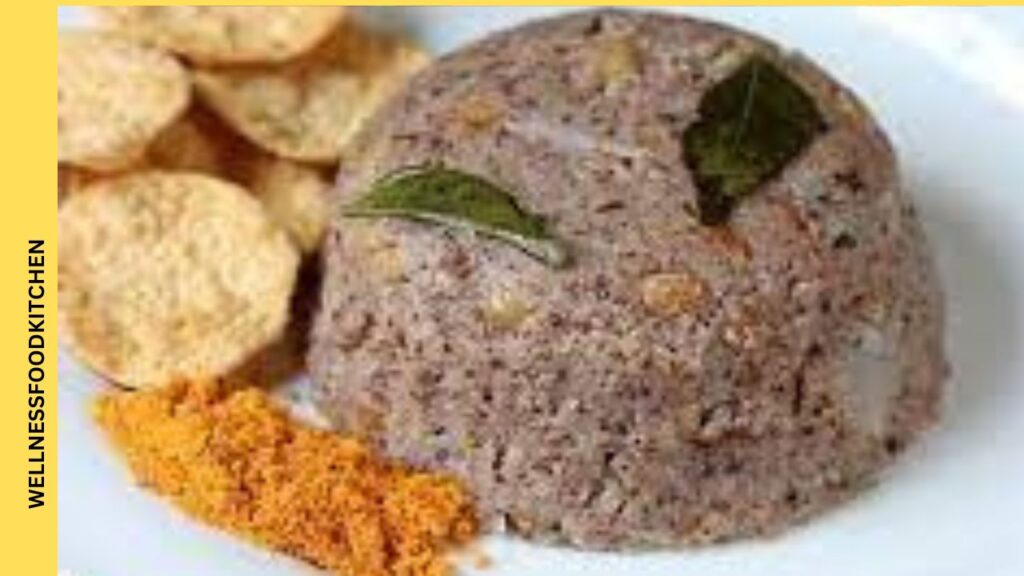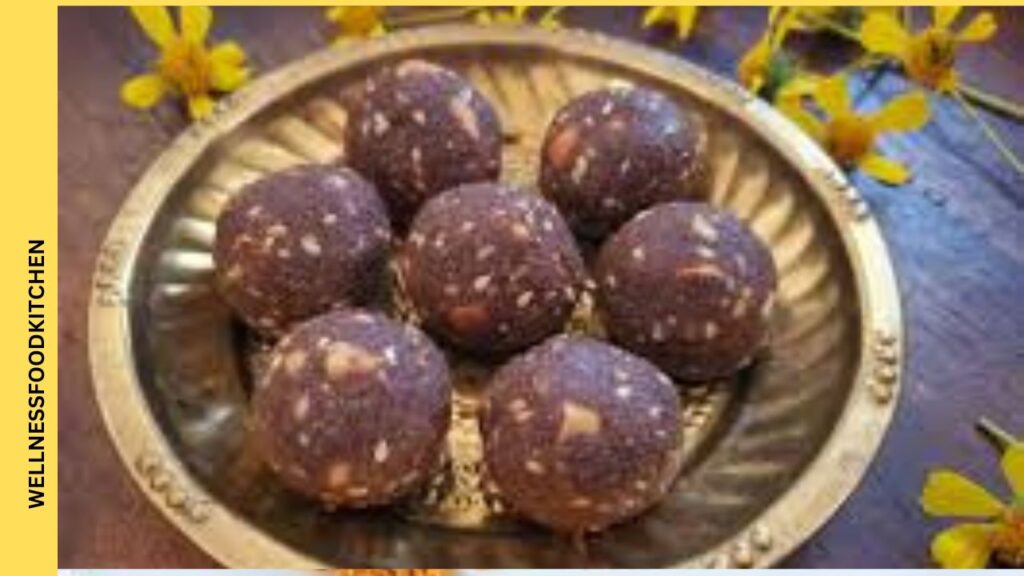RAGI FLOUR : IS IT KNOWN AS FINGER OR AFRICAN MILLET (NACHNI)
Ragi, also known as nachni or finger millet, is a type of grain that is grown and used as food. It is often ground into a powder called ragi aata or nachni flour, which is used to make various dishes. Ragi is popular in many parts of the world, especially in Africa and Asia, because it is rich in nutrients and can be grown in different climates. It has been a staple food for people in these regions for a long time.
Ragi is a grain that is incredibly nutritious and regarded as a superfood. Ragi is furthermore gluten-free, allowing anyone who are unable to consume gluten to eat it. Ragi may be used in cooking to create a range of mouthwatering meals. Ragi mudde (steamed dumplings), ragi dosa (fermented crepes), and ragi porridge are some examples of traditional cuisines that are frequently prepared with it in South India. When making bread, cookies, and other baked products, ragi flour can also be used in place of wheat flour.
RAGI FLOUR : NUTRITIONAL VALUE
- Ragi is a highly valued grain due to its impressive nutritional profile.
- It is rich in complex carbohydrates that provide sustained energy and regulate blood sugar levels.
- Ragi is a natural source of calcium, contributing to strong bones and teeth, especially beneficial for those with dairy restrictions.
- The iron content in ragi helps in the production of red blood cells and enhances energy levels.
- Regular consumption of ragi can help prevent bone-related disorders, combat iron deficiency anemia, and promote vitality.
RAGI FLOUR : HEALTH BENEFITS
- Ragi provides several health benefits for the body.
- Its high fiber content promotes healthy digestion and prevents constipation.
- Ragi is a valuable source of protein, especially for vegetarians.
- Ragi is believed to have potential anti-cancer properties, although further research is needed.
- It help to reduce inflammation in the body.
RAGI FLOUR : GLUTEN FREE ALTERNATIVE
- Ragi is a healthy alternative to gluten-containing cereals including wheat, barley, and rye.
- Ragi is a gluten-free grain that allows people to consume the nutritious advantages of grains without worrying about the negative consequences of gluten.
- People with gluten-related diseases may diversify their diets and try new foods while still following a balanced and healthy eating regimen thanks to Ragi’s gluten-free status.
RAGI FLOUR Offers Advantages in Terms of Weight Loss.
Ragi may aid in weight reduction for a number of reasons:
High Fiber Content: Ragi has a high content of dietary fibre, which helps to regulate bowel motions and aids in digestion. Fiber-rich foods help you feel fuller for longer, which reduces hunger pangs and helps you avoid overeating. Ragi’s fibre content can aid in appetite control and assist create the calorie deficit required for weight reduction.
Low Glycemic Index: Ragi has a low glycemic index (GI), which indicates that it distributes glucose into the circulation more gradually than meals with a high GI. This gradual release of glucose helps to keep blood sugar levels stable and avoids energy peaks and valleys. Ragi may help manage cravings and blood sugar by preventing sharp blood sugar rises.
Nutrient Density: Ragi is a nutrient-dense grain, which means that while having a low caloric content, it offers a sufficient number of important nutrients. Ragi may help you get all the essential nutrients you need without ingesting a lot of calories, which is good for weight control.
Satiety Value: Ragi has a high satiety rating, which indicates that after ingestion, it leaves you feeling satisfied and full. The addition of ragi-based foods to your diet can aid with portion management and weight reduction goals.
When should you consume ragi flour and how much of it is recommended in a single day?
Depending on a person’s demands, dietary choices, and total calorie needs, different amounts and times of ragi ingestion may be advised:-
Quantity: A decent place to start is with 50–100 grammes of ragi flour or grains per day, while the recommended daily intake for ragi might vary. This amount can be spread out among a variety of meals and snacks throughout the day.
Timing: According to convenience and personal preference, ragi can be ingested at any hour of the day. For a healthy start to the day, some individuals like to eat ragi-based dishes in the morning, while others include it in their major meals.
RAGI FLOUR : MEALS IDEA And RECIPES
1) Ragi Porridge:
Cooking ragi flour with water or milk will produce ragi porridge. You may add fruits for flavor or sweeten it with a natural sweetener like honey.
Ingredients:
- 1-fourth cup ragi flour
- 1 cup milk or water
- Your preferred sweetener (honey, jaggery, or sugar)
- optional garnish of chopped nuts, dried fruit, or fresh fruit
Instructions:
- Bring milk or water to a boil in a saucepan.
- Make a smooth paste out of ragi flour and a little water in a separate basin, making sure there are no lumps.
- To avoid any clumps from developing, gradually whisk the ragi paste into the hot water or milk.
- Once the porridge starts to thicken, turn down the heat and let it simmer for about 5-7 minutes.
- Sweetener should be added to taste, then well combined.
- Garnish with chopped nuts, dried fruit, or fresh fruit after removing from the heat.
2) Ragi Roti or Dosa:
To create roti (flatbreads) or dosa(fermented crepes), swap out some of the wheat flour with ragi flour. These may be used as a healthy substitute for traditional wheat-based breads during lunch or dinner.
Ingredients:
- 1 cup ragi flour
- 1/2 cup urad dal (black lentils)
- 1/4 cup rice flour
- Salt to taste
- Water (as needed)
- Oil or ghee for cooking
Instructions:
- Soak urad dal in water for 4-6 hours. Grind it to a smooth batter.
- In a bowl, mix ragi flour, rice flour, and salt. Add the urad dal batter and mix well. Add water as needed to achieve a dosa batter consistency.
- Heat a non-stick pan or griddle and pour a ladleful of the batter. Spread it in a circular motion to make a thin dosa.
- Drizzle oil or ghee around the edges and cook until golden brown on both sides.
- Serve hot with coconut chutney or sambar.
Ragi Upma: Make ragi upma by combining ragi semolina (rava), veggies, and seasonings. It can serve as a substantial and healthy breakfast or a light supper.
Ingredients:
- 1 cup ragi flour
- 1/4 cup chopped vegetables (carrots, peas, beans, etc.)
- 1 small onion, finely chopped
- 1-2 green chilies, finely chopped
- 1/2 teaspoon mustard seeds
- 1/2 teaspoon urad dal (split black gram)
- 1/2 teaspoon chana dal (split Bengal gram)
- A few curry leaves
- 1 tablespoon oil
- Salt to taste
- Water (as needed)
Instructions:
- Heat oil in a pan and add mustard seeds. Once they splutter, add urad dal, chana dal, and curry leaves. Sauté until the dals turn golden.
- Add chopped onion and green chilies. Sauté until the onion becomes translucent.
- Add the chopped vegetables and cook for a few minutes until they are slightly tender.
- In a separate bowl, mix ragi flour with water to make a smooth paste without any lumps.
- Pour the ragi mixture into the pan and stir continuously to avoid any clumps from forming.
- Add salt to taste and continue cooking until the ragi is cooked and the upma reaches the desired consistency.
- Serve hot as a nutritious breakfast or snack.
Ragi Ladoo:
Ingredients:
- 1 cup ragi flour
- 1/2 cup jaggery (or sweetener of your choice)
- 1/4 cup grated coconut
- 1/4 cup ghee (clarified butter)
- Cardamom powder (optional)
Instructions:
- Heat ghee in a pan and roast ragi flour on medium heat until it gives a nutty aroma and turns slightly golden.
- In a separate pan, melt jaggery with a little water until it reaches a syrup-like consistency.
- Add grated coconut, cardamom powder, and roasted ragi flour to the jaggery syrup. Mix well until everything is combined.
- Allow the mixture to cool slightly. When it is warm enough to handle, take small portions and shape them into ladoos (round balls).
- Repeat the process with the remaining mixture.
- Let the ladoo cool completely before serving or storing in an airtight container.
Ragi Idli or Uttapam: Ragi flour, fermented lentil batter, and spices are combined to make idlis or uttapams. These are suitable for a healthy breakfast or a snack.
CONCLUSION:
Ragi, with its impressive nutritional profile and health benefits, is a true nutritional powerhouse. From providing essential nutrients and promoting optimal digestion to managing blood sugar levels and supporting weight management, ragi offers a multitude of advantages. By incorporating ragi into your diet, you can nourish your body, support overall well-being, and savor the delicious flavors of this incredible grain. So, why not embrace the goodness of ragi and embark on a journey towards a healthier you?
Related Searches:-
glycemic index ragi flour gi of ragi flour benefits of nachni flour
FAQS:




